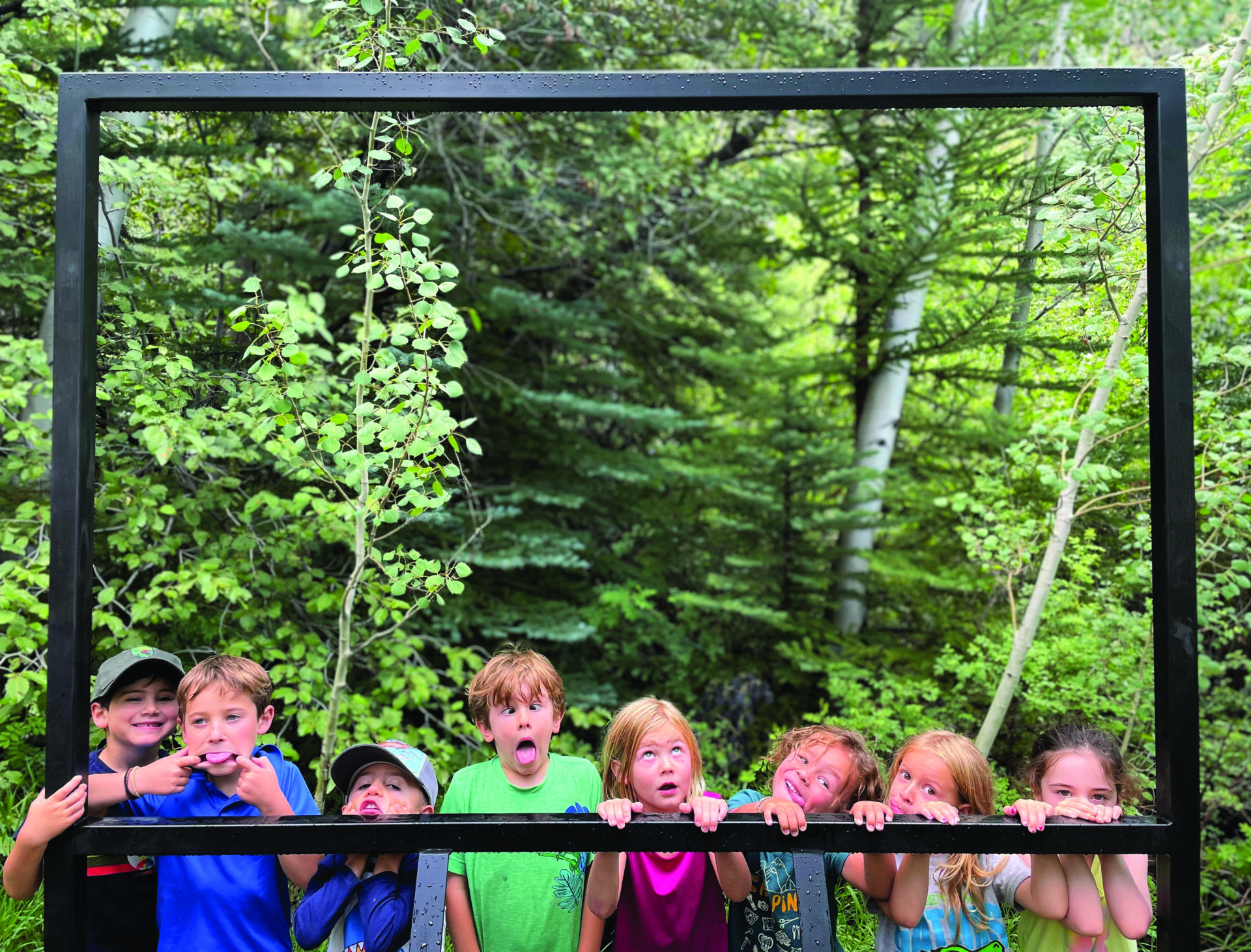You may have wondered about those steaming sidewalks in the village that keep the ground snow-free in winter. Sure, it makes it easier to cruise down Bridge Street in ski boots, but can it be good for the environment?
The short answer is no, according to Kim Schlaepfer, project manager of the Climate Action Collaborative at Walking Mountains Science Center. She says that greenhouse gas emissions per capita in Eagle County are higher than anywhere else in the state and country.

Photos courtesy of Walking Mountains Science Center
“The biggest issue that we are faced with is the snowmelt systems in Beaver Creek and Vail. They run off natural gas using enormous boilers that don’t have a good clean replacement option, and there is no stopping new development from putting snowmelt in,” says Schaepfler.
Though talks are in place to make the systems more environmentally friendly, this otherworldly luxury, our high inventory of second homes and tourism traffic were the chief culprits contributing to a whopping 1.4 million metric tons of carbon dioxide equivalent released into the environment in 2014. This prompted the county to contract Walking Mountains to draft the Climate Action Plan, which aims to revamp our buildings, transportation, energy supply and materials management, and provides education with the goal of cutting our greenhouse gas emissions by 50% by 2030. A tall order, but one that will improve all of our lives.
“When you build a community with sustainability as the lens, you end up building a community that’s more resilient to the future impact of climate change,” Schaepfler explains. While we can’t stop climate change, we can slow its progress.
Most greenhouse gas emissions are carbon dioxide from burning fossil fuels like natural gas, coal and oil. These warm the atmosphere and the surface of the Earth, which has a devastating impact on the environment, wildlife and human health. Here in Eagle County, it means we now experience more than 50 90-degree days each year, as well as forest fires, mudslides and water shortages. In short, things nobody wants.
It’s time to roll our sleeves up and get to work. According to the plan, every year between now and 2030 we’ll need to get 1,100 new electric vehicles on the road; we have to be willing to skip the drive to work twice a week and bike, take the bus or work from home. On an even bigger scale, we’ve got to electrify 10% of our commercial buildings and 1,641 residential homes each year.
Though it’s a daunting task, Schaepfler and her colleagues believe that we have several unique advantages at our disposal.
“We’ve built this wonderful collaboration with our water district, energy utilities, all of the towns, our big business, event producers and media channels who are all working together now. We have a very strong culture around climate action here and a lot of people care,” says Schaepfler.
